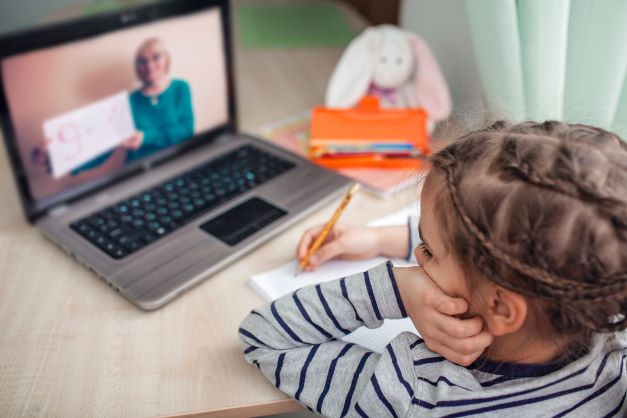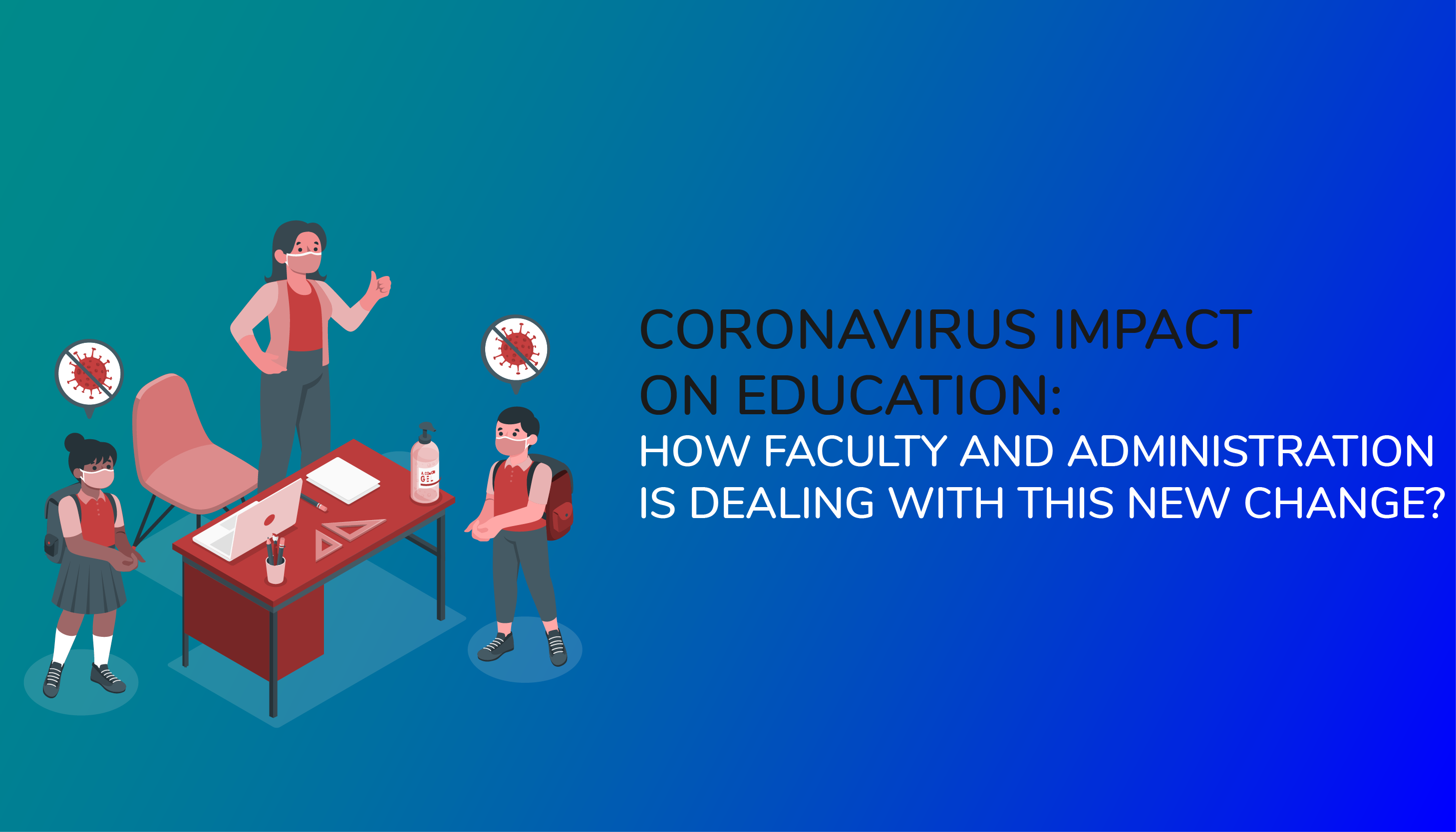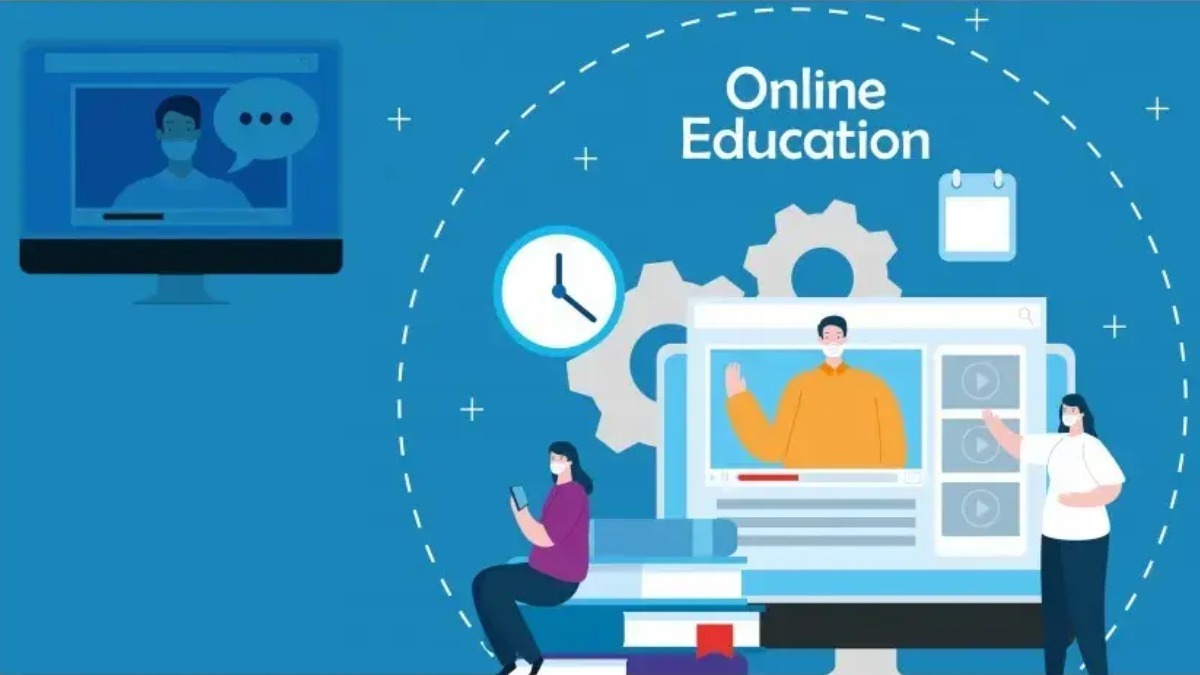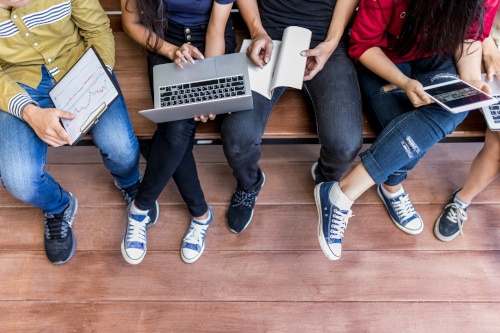The COVID-19 pandemic has profoundly affected all aspects of life, including education. As schools around the globe closed to slow the spread of the virus, millions of students’ learning was disrupted, raising concerns about learning loss, inequality, and students’ mental health and well-being.
In this article, however, the pandemic has also highlighted the significance of technology, flexibility, and collaboration in education. In this article, we will look at the impact of COVID-19 on education, the lessons gained from the pandemic, and the implications for education in the future.

Table of Contents:
- Introduction
- The Impact of COVID-19 on Education
- Lessons Learned from the Pandemic
- Implications for the Future of Education
- FAQs
- Conclusion
2. The Impact of COVID-19 on Education
-
School Closures and Remote Learning
The pandemic has forced many schools to shut their doors, forcing students and teachers to rely on remote learning. While some schools rapidly adapted to online platforms, others struggled with issues such as connectivity and access to technology.
Teachers have had to quickly acquire new skills and adapt to new teaching methods as a result of the abrupt shift to remote learning. Some students have struggled with the lack of structure and support given by conventional classroom settings, raising concerns about learning loss and widening the achievement gap.
-
Learning Loss and Inequality
There are concerns by learners about substantial knowledge loss as the outcome of closed schools and studying remotely. Students from low-income families and those with disabilities have been especially impacted, as they may lack the resources and support required to succeed in a remote learning environment.
Furthermore, the pandemic has highlighted existing educational inequalities, with some students having greater access to tools and support than others. This has prompted calls for greater educational equity, with an emphasis on closing the achievement disparity.
-
Mental Health and Well-being
The pandemic has had a significant effect on the mental health and well-being of both students and teachers. The sudden disruption to everyday life, combined with the uncertainty and dread surrounding the virus, has resulted in increased stress and anxiety.
Remote learning has also produced feelings of isolation and disconnection, raising concerns about students’ social and emotional development. Schools have had to adapt by providing extra mental health help and resources to students and teachers.

3. Lessons Learned from the Pandemic
-
The Importance of Technology
The pandemic has brought to light the value of technology in schooling. Schools that were able to rapidly adapt to online platforms were better able to continue educating their students.
Furthermore, technology has allowed new forms of collaboration and communication among teachers, students, and parents. The use of digital tools and platforms has also allowed for greater flexibility in learning, with students able to study at their own pace and in their own time.
-
The Need for Flexibility
The pandemic has also brought to light the importance of educational freedom. The abrupt shift to remote learning has compelled schools to be adaptable and creative in their approach to instruction.
Flexibility has also been essential in meeting students’ individual needs, with some needing additional support or different learning environments. The use of technology has allowed schools to provide more personalised learning experiences for students.
-
The Role of Teachers and Parents
The pandemic has also emphasised the critical roles of teachers and parents in education. Teachers have had to rapidly adapt to new teaching methods while also providing extra support to students and their families.
Parents have also become more involved in their children’s education, especially in the context of remote learning. As a result, there is a greater respect for the collaboration between parents and teachers in promoting student learning.
4. Implications for the Future of Education
-
Hybrid Learning
The pandemic has highlighted the value of hybrid learning, which combines conventional in-person instruction with online instruction. This approach combines the flexibility of online learning with the social and emotional benefits of in-person learning.
Students can obtain resources for learning online, which can help solve concerns about accessibility and equality. However, there are concerns that hybrid learning could widen the achievement gap, especially if students from low-income families lack access to the required technology and resources.
-
Equity and Access
The pandemic has highlighted the significance of addressing problems of equity and access in education. Schools and policymakers must collaborate to guarantee that all students have the resources and support they need to succeed.
This involves giving access to technology and the internet and addressing issues such as poverty, disability, and language barriers. Schools must also strive to provide extra support to students who have been disproportionately impacted by the pandemic, such as those from low-income families and those with disabilities.
-
Resilience and Preparedness
The pandemic has highlighted the significance of resilience and preparedness in education. Schools and lawmakers must be prepared to adjust to unexpected disruptions and ensure that students and teachers have the resources and support they need to continue learning.
This involves developing plans for remote learning and ensuring that teachers have the required training and resources to educate in a remote or hybrid environment. It also involves prioritising the mental health and well-being of students and teachers, as well as getting extra help and materials as required.
5. FAQs
Q1. What impact has COVID-19 had on education?
A. The pandemic has forced school closures and disrupted learning for millions of students worldwide, raising concerns about learning loss, inequality, and students’ emotional health and well-being.
Q2. What lessons have been learned from the pandemic in terms of education?
A. The pandemic has emphasised the importance of technology, flexibility, collaboration in education, and the critical roles of teachers and parents in supporting student learning.
Q3. What are the implications of the pandemic for the future of education?
A. The pandemic has brought to light the potential of hybrid learning, the need for greater equality and access in education, and the significance of resilience and preparedness in education.
Q4. How can schools and policymakers address issues of equity and access in education?
A. This involves giving access to technology and the internet and addressing issues such as poverty, disability, and language barriers. Schools must also strive to provide extra help to students who have been disproportionately impacted by the pandemic.
Q5. What steps can schools and policymakers take to ensure resilience and preparedness in education?
A. This involves developing plans for remote learning, giving required training and resources to teachers, and prioritising students’ and teachers’ mental health and well-being.
Conclusion
The COVID-19 pandemic has had a major effect on education, highlighting both the challenges and opportunities that schools and policymakers face. While the pandemic has disrupted learning, it has also highlighted the significance of technology, flexibility, collaboration, and resilience in education.

Moving forward, schools and lawmakers must work together to address issues of equity and access in education while prioritising students’ and teachers’ mental health and well-being prioritising prioritising prioritising the mental health and well-being of students and teachers. By embracing the pandemic’s lessons and taking a proactive approach to education, we can guarantee that students are prepared for the challenges and opportunities of the future.
The pandemic has also brought to light the value of cooperation and partnership in education. Schools, teachers, parents, and lawmakers must collaborate to address educational challenges and ensure that all students have access to the resources and support they require to succeed.
To address these concerns, schools and policymakers must create tailored interventions to assist students who have been disproportionately impacted by the pandemic. This includes giving disadvantaged students, such as those from low-income families, those with disabilities, and those with limited English fluency, extra support and resources.
Moving forward, the pandemic has several consequences for the future of education. The potential of hybrid learning, which merges regular in-person learning with online learning, is one of the most important.
Hybrid learning combines the flexibility of Internet learning with the social and emotional benefits of in-person learning. It can also help to address equity and access problems by allowing students to access learning materials and resources online.
However, there are concerns that hybrid learning could widen the achievement gap, especially if students from low-income families do not have access to the required technology and resources.
To address these concerns, schools and lawmakers must work together to ensure that all students, regardless of background or socioeconomic status, have access to technology and the Internet. They must also create tailored interventions to help students who have been disproportionately impacted by the pandemic, such as those from low-income families and those with disabilities.









